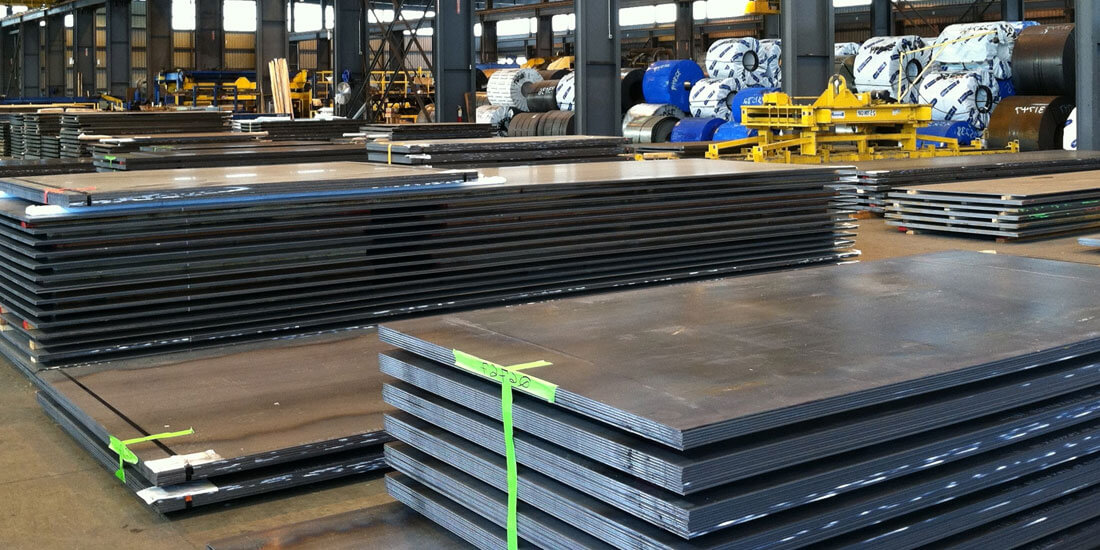AISI 430F

Stainless steels are called as high-alloy steels. Due to the presence of large amounts of chromium in the range of 4 to 30%, they have high corrosion resistance than other steels. Stainless steels are classified into martensitic, ferritic and austenitic based on their crystalline structure. However, stainless steels present in the form of a combination of martensitic and austenitic steels are known as precipitation-hardened steels.
| Element | Content(%) |
|---|---|
| Iron, Fe | 81 |
| Chromium, Cr | 16 |
| Manganese, Mn | ≤ 1.25 |
| Silicon, Si | ≤ 1 |
| Molybdenum, Mo | ≤ 0.60 |
| Sulfur, S | ≥ 0.15 |
| Carbon, C | ≤ 0.12 |
| Potassium, K | ≤ 0.060 |
| Properties | Metric | Imperial |
|---|---|---|
| Tensile strength, ultimate | 550 MPa | 79800 psi |
| Modulus of elasticity | 200 GPa | 29000 ksi |
| Poisson’s ratio | 0.27 – 0.30 | 0.27 – 0.30 |
| Elongation at break (in 50 mm) | 25% | 25% |
| Hardness, Brinell | 170 | 170 |
| Hardness, Knoop (converted from Brinell Hardness) | 189 | 189 |
| Hardness, Rockwell B (converted from Brinell Hardness) | 86 | 86 |
| Hardness, Vickers (converted from Brinell Hardness) | 178 | 178 |
Sheets / Plates
| Production Route | Hot Rolled, Cold Rolled |
| Material Standard | AISI, ASTM, ASME, DIN, BS, EN, ISO, JIS, GOST, SAE, IS & Custom Chemistry |
| Size | Width from 100mm to 3000mm ; Length from 500mm to 12000mm |
| Thickness | 0.1mm to 400mm |
| Delivery Condition | As Rolled, Annealed, Quenched and Tempered, Normalized |
| Surface Finish | Plain, Brushed, Cladded |